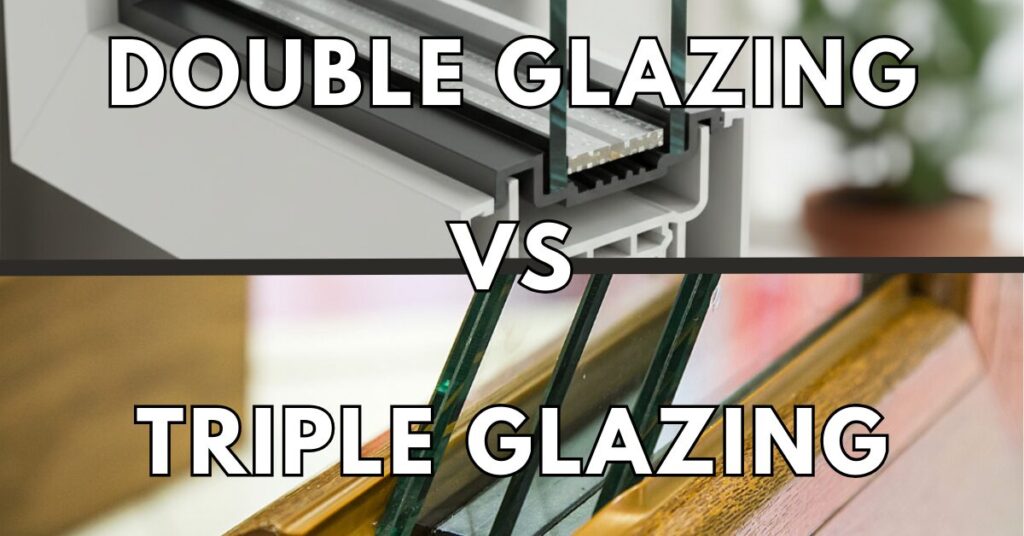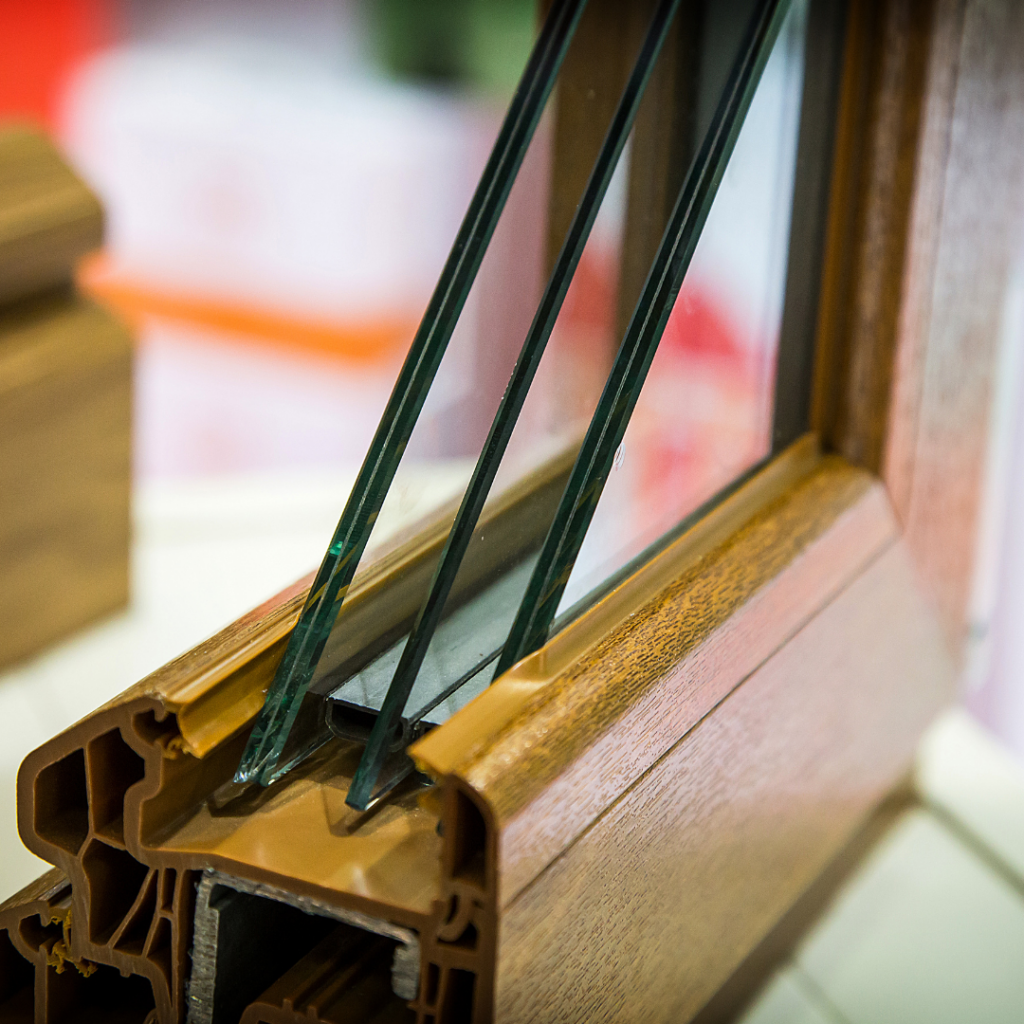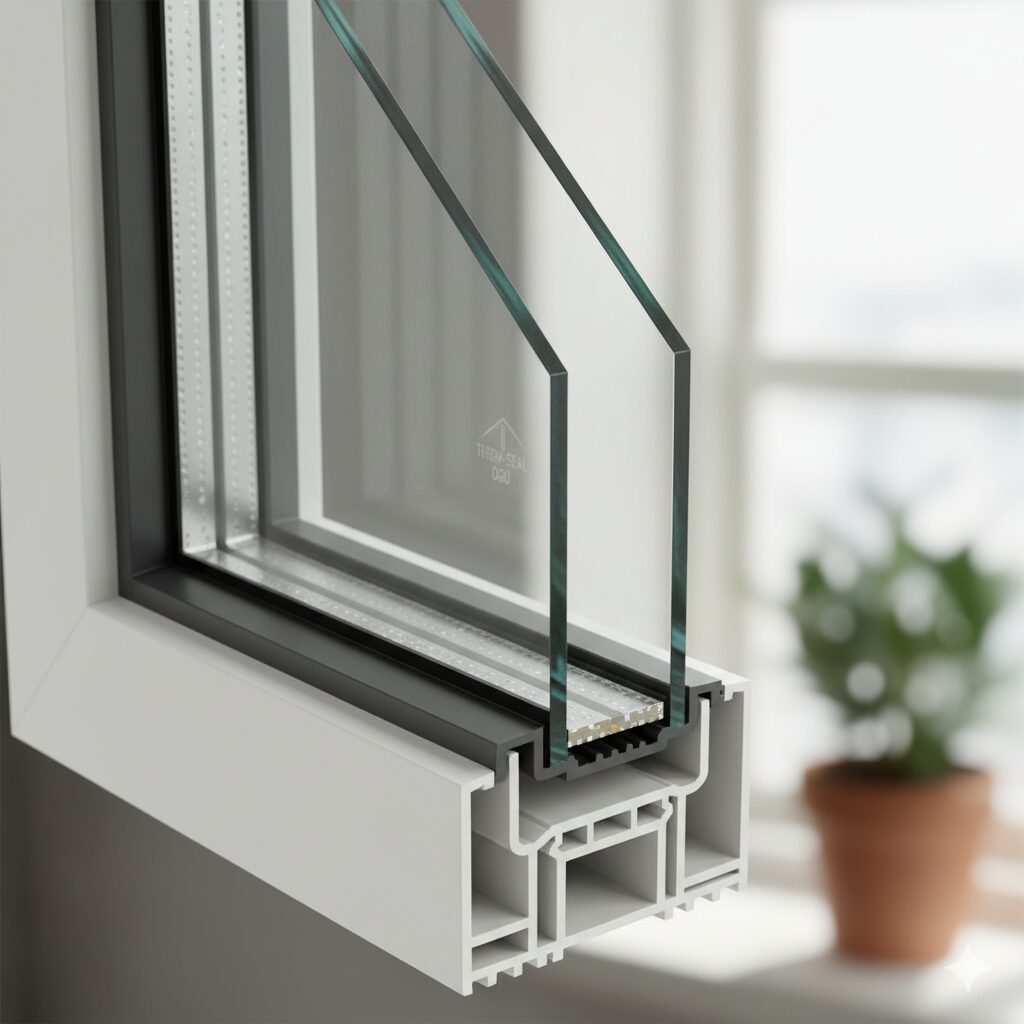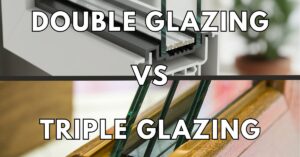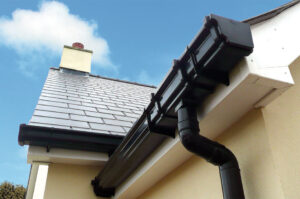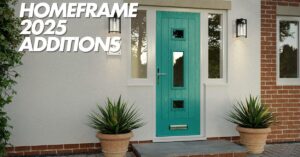When you’re thinking about upgrading your windows, one of the first questions is: double glazing vs triple glazing — which should I choose? Both options reduce heat loss, improve comfort and can lower energy bills, but they differ in performance, cost, weight and suitability for particular houses.
This guide walks through the technical differences, real benefits and drawbacks, cost expectations, and practical tips to help you decide which is right for your home.
Double Glazing vs Triple Glazing Explained
Double glazing consists of two panes of glass separated by a sealed spacer creating a cavity. That cavity is typically filled with air or an inert gas (commonly argon) and often includes a low-emissivity (low-e) coating on one pane to reflect heat back into the room.
Triple glazing adds a third pane, so there are two cavities (or air gaps). These cavities can be filled with argon or krypton and usually include one or more low-e coatings. The extra glass and cavity improve insulation and acoustic performance compared with double glazing, but they also add weight, thickness and cost.
Technical differences at a glance
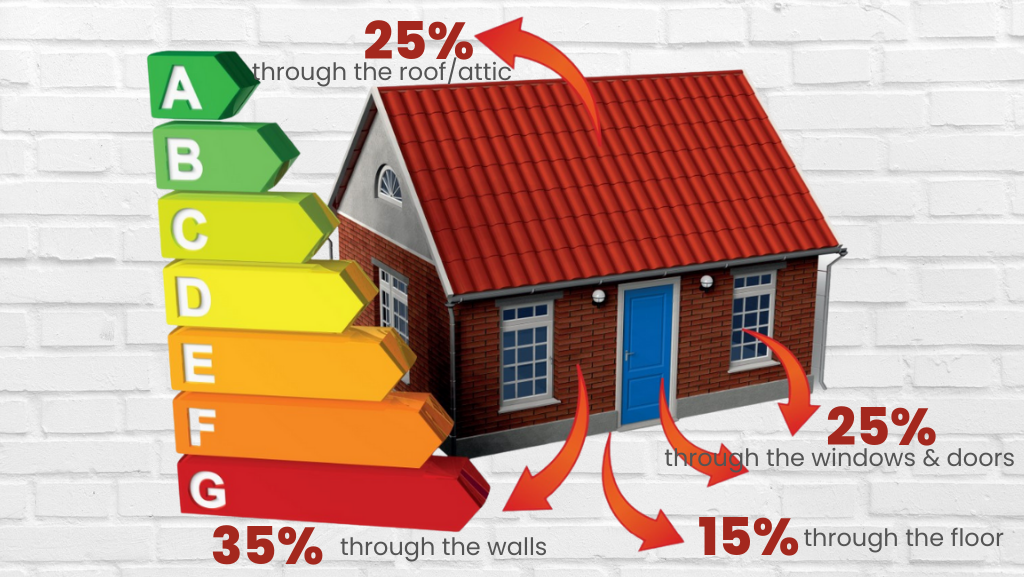
Double glazing consists of two panes of glass separated by a sealed cavity, while triple glazing adds a third pane, creating two cavities.
With Staywarm Energy, the cavities on our glazing are filled with argon gas and both options often include low-emissivity (low-e) coatings to reflect heat back into the home.
In terms of performance, our double glazing with soft-coat low-e glass and argon usually achieves whole-window U-values between 1.1 and 1.2 W/m²K, whereas our triple glazing typically achieves U-values in the range of 0.9 to 1.0 W/m²K.
Acoustic insulation is another area where triple glazing can perform better, reducing external noise by a few decibels compared with standard double glazing when the glass thicknesses and cavity sizes are optimised.
However, the additional pane means triple glazing is heavier and thicker, sometimes requiring reinforced or bulkier frames. It can also slightly reduce solar gain compared with double glazing.
Pros & Cons
- Lower initial cost than triple glazing.
- Lighter and easier to install in many existing frames and sash openings.
- Sufficient for many UK homes — modern A-rated double glazed units often offer very good performance when combined with good frames and low-e coatings.
- Better solar gain than some triple units (helps passive heating in winter).
- Less insulating than triple glazing; heat loss is higher, especially in older frames or poor seals.
- Less noise reduction compared with a carefully specified triple glazed unit.
- Condensation risk on cold panes is higher than with better-insulated triple units in some situations (though frame type, ventilation and indoor humidity also matter).
- Superior thermal performance – lower U-values and better retention of heat, improving comfort and reducing the need for heating.
- Better acoustic performance – reduces external noise more effectively when the panes and cavity sizes are optimised.
- Improved condensation performance – warmer inner pane temperature reduces the chance of internal surface condensation.
- May increase perceived quality and value – some buyers see triple glazing as a premium feature.
- Higher upfront cost.
- Heavier and thicker – may require more substantial frames; some sash profiles look bulkier.
- Reduced solar gain (small effect) – can be a negative if your house benefits from passive solar heating.
Which is right for your home?
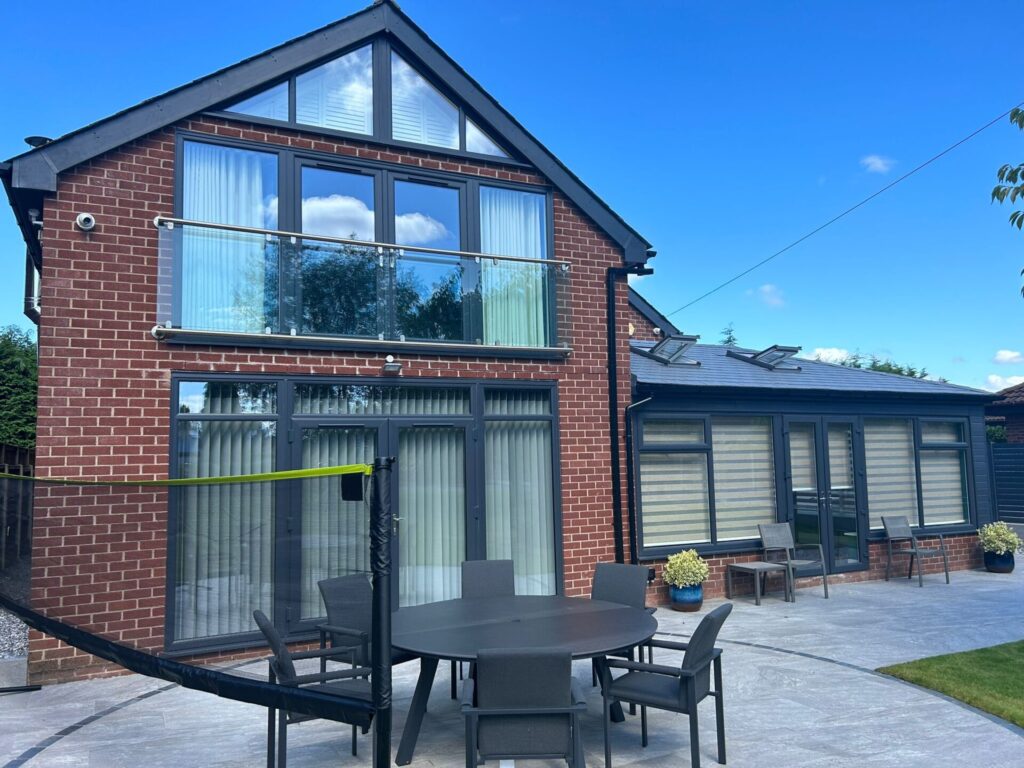
- If you have single glazing, drafty frames, or a very cold house: triple glazing (or at least a high-spec double) is worthwhile — the jump from single to triple is large.
- If you already have modern, high-spec double glazing (good frames, argon fill, soft-coat low-e): triple glazing may give comfort and acoustic advantages, but the financial payback can be long. Think about where you want to prioritise (noise, comfort, low U-value).
- If you live in a noisy location: triple glazing with staggered pane thicknesses can significantly improve sound insulation.
- If you have slender frames or a property with conservation constraints: double glazing may be easier to achieve while preserving appearance. Specialist slim triple options exist but can be more expensive.
- If resale value or marketing a property is important: high-performance glazing is a selling point, but it’s rarely the single decisive factor for buyers.
Important Aspects To Look Out For
- Whole-window U-values rather than just centre-pane figures.
- Glass specification: low-e type (soft-coat is typically best for reducing heat loss), gas fill (argon vs krypton), spacer type (warm edge improves performance). Staywarm’s glazing tests have shown soft-coat low-e reduces heat loss, and our triple glazing achieves top (A++) energy ratings, while our double glazing is A-rated.
- Acoustic specification if noise reduction is a priority (e.g. laminated glass, differing pane thickness and cavity sizes).
- Frame material and thermal breaks for aluminium frames. PVCu and timber profiles will have different thermal behaviours and looks.
- Guarantees and aftercare: Staywarm offers a lifetime guarantee on glazing and a ten-year guarantee on windows and doors, so you’re protected long term.
- Installation standard: correct sealing, drainage, and attention to reveals and insulation around the frame are just as important as the glass spec.
Check out the Which guide for more information on what to look out for.
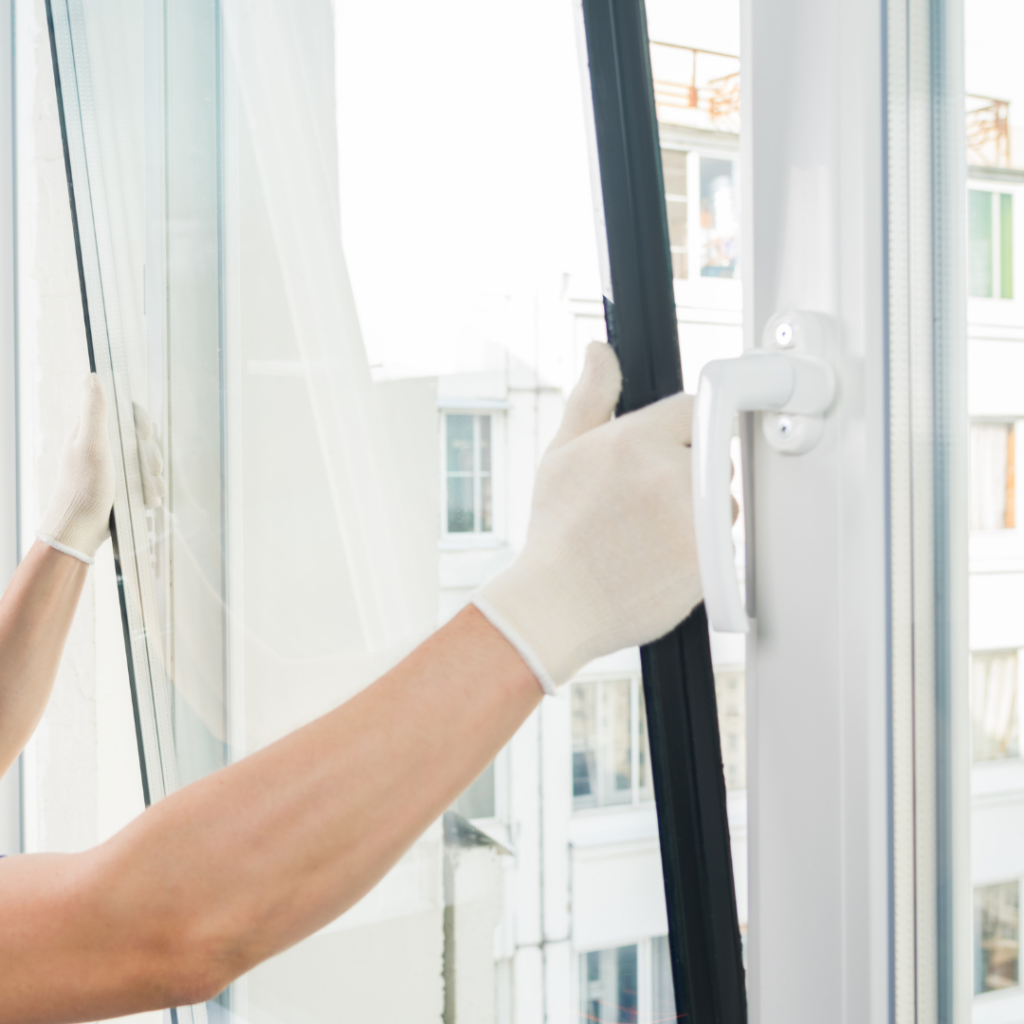
FAQ
Not always. Triple glazing has better thermal potential, but the actual saving depends on your house, existing windows, heating system and how you use the building. Replacing single glazing with triple gives big wins; replacing high-spec double with triple gives smaller savings.
For colder properties, very exposed homes or noisy locations, yes. For milder, well-insulated homes the marginal benefit may be small vs a top-spec double unit.
Some triple units can reduce visible light slightly versus double glazing, but modern coatings and glass selection minimise this effect.
Triple glazing raises the inner pane temperature, reducing the risk of internal surface condensation but overall humidity, ventilation and insulation matter too.
Double Glazing vs Triple Glazing: Pros, Cons and Costs
When you’re thinking about upgrading your windows, one of the first questions is: double glazing [...]
Sep
Fascias, Soffits and Gutters Explained
When thinking about home improvement, most homeowners focus on windows, doors, and insulation—yet one of [...]
Aug
Top Ideas for Conservatory Design and Upgrades
Whether you’re building a brand-new extension or thinking about upgrading an existing one, finding the [...]
Jun
Why Chartwell Green Windows Are Taking the UK by Storm
When it comes to updating your windows, the style and colour you choose play a [...]
May
56% of UK Homes Score “Below-Average” For Energy Efficiency
Did you know that over half of England’s homes have below-average energy efficiency? According to [...]
Apr
Discover the 2025 Additions to the Homeframe Collection
Your front door is the gateway to your home, setting the tone for your property’s [...]
Feb

